Astrophysics Processes The Physics of Astronomical Phenomena
$26.00
Hard cover edition – used. Good.
Description
Bridging the gap between physics and astronomy textbooks, this book provides step-by-step physical and mathematical development of fundamental astrophysical processes underlying a wide range of phenomena in stellar, galactic, and extragalactic astronomy. The book has been written for upper-level undergraduates and beginning graduate students, and its strong pedagogy ensures solid mastery of each process and application. It contains over 150 tutorial figures, numerous examples of astronomical measurements, and 201 exercises. Topics covered include the Kepler–Newton problem, stellar structure, binary evolution, radiation processes, special relativity in astronomy, radio propagation in the interstellar medium, and gravitational lensing. Applications presented include Jeans length, Eddington luminosity, the cooling of the cosmic microwave background (CMB), the Sunyaev–Zeldovich effect, Doppler boosting in jets, and determinations of the Hubble constant. This text is a stepping stone to more specialized books and primary literature. For information on Astronomy Methods: A Physical Approach to Astronomical Observations also by Hale Bradt
Prizes
- Winner of the 2011 Chambliss Astronomical Writing Award for an academic book
Reviews & endorsements
‘The author’s engaging writing style makes this a very enjoyable book. Each topic starts with interesting observational material, then goes to a discussion of the physical concepts, amplified by mathematics, and very good figures, and then ties it up by finishing with more observational applications, either solving the problem posed at the beginning of the chapter or presenting new ones. This is a perfect book for seniors.’ – Marc L. Kutner, author of Astronomy: A Physical Perspective
Author
Hale Bradt, Massachusetts Institute of Technology
Hale Bradt is Professor Emeritus of Physics at the Massachusetts Institute of Technology. During his forty years on the faculty, he carried out research in cosmic ray physics and X-ray astronomy and taught courses in physics and astrophysics. Bradt founded the MIT sounding rocket program in x-ray astronomy, and was a senior or principal investigator on three missions for x-ray astronomy. He was awarded the NASA Exceptional Science Medal for his contributions to HEAO-1 (High Energy Astronomical Observatory), the 1990 Buechner Teaching Prize of the MIT Physics Department, and shared the 1999 Bruno Rossi prize of the American Astronomical Society for his contributions to the RXTE (Rossi X-ray Timing Explorer) program. His previous book, Astronomy Methods: A Physical Approach to Astronomical Observations, was published by Cambridge University Press in 2004.
Table of Contents
Preface
1. Kepler, Newton, and the mass function
2. Equilibrium in stars
3. Equations of state
4. Stellar structure and evolution
5. Thermal bremsstrahlung radiation
6. Blackbody radiation
7. Special theory of relativity in astronomy
8. Synchrotron radiation
9. Compton scattering
10. Hydrogen spin-flip radiation
11. Dispersion and Faraday rotation
12. Gravitational lensing
References
Acronyms
Appendix
Index.


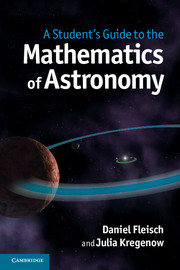
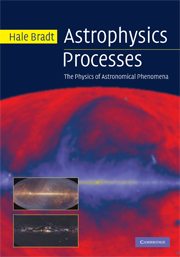
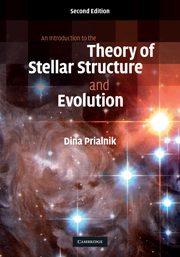
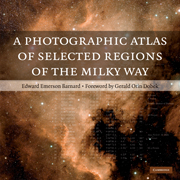

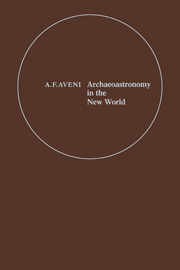
Reviews
There are no reviews yet.